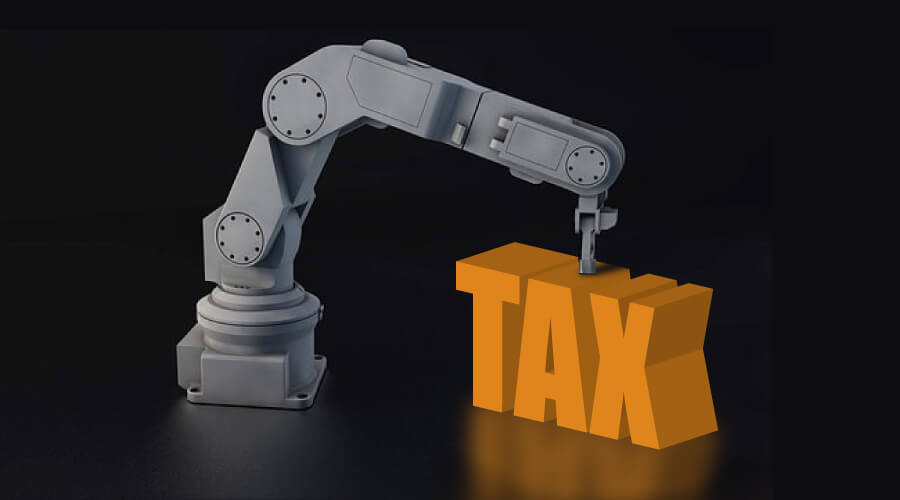Robots? … Yes, to tax

A year ago, Santiago Díaz de Sarralde premiered in this space with his article taxes on robots. There, he posed questions about the enormous implications that the continuous development of artificial intelligence and robotics at higher levels and their application will have on work and, consequently, on the income derived from that work.
Without pretending to imitate philosophies or miseries, I will use the topic for my first post of the year, inverting not only the order of the words, but also the vision, the approach that the computerization has, and the use of that artificial intelligence and robotic can have for the tax administration. I do not think that now, nor in a future that the majority of those who read these articles will live, we will see metallic entities modeled like C3P0 visiting companies to practice audits. I think, yes, that the administration will have the opportunity- a moral obligation perhaps -To use information technologies and the increasing ability to process high volumes of information in a very short time to facilitate compliance and increase control. Some technology applications actually simplifies processes to taxpayers and reduces their costs, while identifying non-compliance situations, or reducing their probability, in the timeliest manner.
One such application is the proposed VAT return that Chile’s Internal Revenue Service has put into operation in September 2017. The system had a spectacular adoption rate in the month of release. 37.9% of the taxpayers who received the proposed return accepted it. This number corresponded to 26.7% of the total VAT declarants. In just the second month, more than 600,000 taxpayers accepted this proposal, representing 52% of the total monthly VAT returns received by the tax administration. Currently, more than 700,000 taxpayers (or 60% of the declarants) regularly accept that proposal as return.
However, the profit for taxpayers is not limited to the return proposal, but to the fact that the SII releases taxpayers from the obligation to prepare the records of purchases and sales. It builds them for the taxpayer from the electronic invoices, credit notes and notes of debits, issued by himself, and by suppliers of goods and services that have sent invoices, already in the possession of the SII. These records can be supplemented by taxpayers, for example, to incorporate tickets[1].
Of course, this is only possible in a scenario where the electronic invoice is present, and used massively by the vast majority of taxpayers, which is only achieved in our experience when it is a general obligation, and they are received by the tax administration.
The benefits are obvious. On the one hand, 60% of VAT taxpayers benefit from simplified processes, reduced compliance costs, find a position of certainty with the administration and decrease the potential for divergences and conflicts. On the other hand, the benefits for management are also notable, and arise not only from simplification of processes and improvements in efficiency, but the possibility of releasing resources, always scarce, to allocate them to control, not only of the other 40%, but of sectors and taxpayers with more tendencies to non-compliance. This reflects one of the promises of electronic invoice and the approach of the administration to the transaction.
Sometimes, fast reading of numbers and statistics makes us lose focus of the associated complexity. Let us remind that the administration proposes hundreds of thousands of monthly returns, from hundreds of millions of electronic documents that they receive and process permanently during that period. The requirements of receipt, storage, data processing are enormous, and the challenges on the minimum quality that these data must have make the requirement even larger. We approach a little bit, in my opinion, those levels of automation that derive from artificial intelligence and robotics.
Chile began in Latin America to propose the annual income return of individuals in 2001, it was the first country to launch the electronic invoice in 2003, and it now becomes a pioneer in the preparation of the records of purchases and sales and the proposed monthly VAT tax return. Congratulations.
Greetings and Godspeed.
[1] In Chile, final consumer operations that do not provide tax credits are documented with tickets.
1,616 total views, 2 views today
